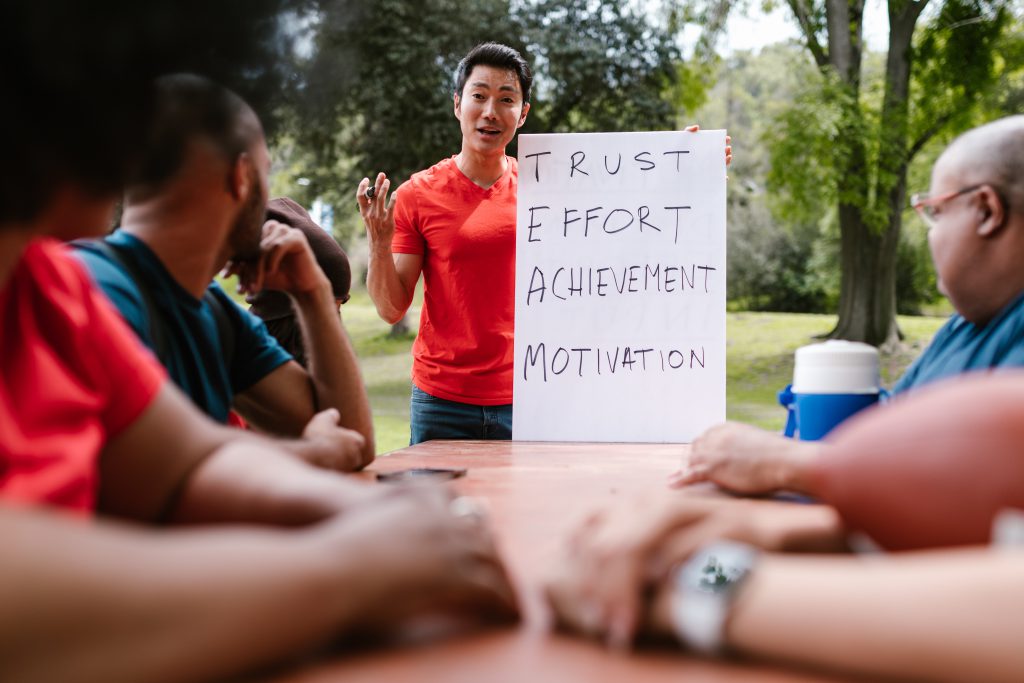Today’s leaders face unique challenges some of which threaten the very existence of their organizations.
The follower group is increasingly diverse demographically impacting their demands and needs. Leaders strive to bring new approaches to the process. Followers struggle to stay engaged.
Think of a bus ride as we examine some of the issues.
- Destination versus Influence
The Leader is focused on their chosen destination. The Follower wants to be consulted about the destination and how and when to get there.
Leader Influence
One difficult issue is determining how much influence the executive leader should have on the organization.
Many organizations take on the persona of the leader and reflect his/her interest. In the case of the Steve Jobs – Apple experience that has worked in the interest of Apple.
However, how many organizations can claim extraordinary levels of success that can be attributed to the impact of the leader?
Weighing up the role of leader influence is challenging.
Leaders must exert their influence. The concept of a custodian-type leader is not feasible in an environment in which an upstart or well-heeled competitor can totally disrupt entire industries. Amazon on book-store ownership.
Leaders need to stamp their influence on the organization. The question is where does that stop? When should the follower community step in to provide balance, correct course and fine tune direction?
How does a destination-focused leadership comfortably ride with an informed and activist followership?
This is a compelling discourse that is often avoided but is important in guiding the organization on its path to the next level.
Follower Dilemma
A follower may be torn between committing to supporting the initiatives of the leader and fashioning alternative paths to achieving breakthroughs for the organization. These alternatives may be totally valid strategies but be not fully aligned with the leader’s strategic plan.
At what point does active pursuit of those alternatives become an act of disloyalty?
Would a follower who shelves alternative strategies be acting in the best interest of the organization?
How does a committed follower find the right balance between loyalty to a leader and the pursuit of actions that are in the best interest of the organization?
In an ideal world, an environment will be created in which both approaches are appropriately accommodated. However, wide rifts in leadership and management ranks exist in many organizations.
Worse yet, the divisions extend to team members across the organization. In such, instances internal competition, conflict and a lack of cooperation combine to limit the development of the organization.
2. Cost versus Experience
The Leader is focused on the most cost-effective way of getting the bus to the destination. Followers are focused on the experience of the journey and the satisfaction that comes from it.
Co-terminal Solution
Adopting a transformational approach to leadership helps to provide a successful bus ride for leader and follower. Extracts from the Transformational Leadership Model (Alimo-Metcalfe & Alban-Metcalfe, 2004) provides guidance for leaders.
Showing Genuine Concern: Shows genuine interest in staff as individuals; values their contributions; develops their strengths; coaches, mentors; has positive expectations of what their staff can achieve.
Enabling: Trusts staff to take decisions/initiatives on important matters; delegates effectively; develops staff’s potential.
Being Accessible: Is approachable and not status-conscious; prefers face-to-face communication; is accessible and keeps in-touch.
Encouraging Change: Encourages questioning traditional approaches to the job; encourages new approaches/solutions to problems; encourages strategic thinking.
Being Honest & Consistent: Is honest and consistent in behaviour; is more concerned with the good of the organization than personal ambition.
Acting with Integrity: Is open to criticism and disagreement; consults and involves others in decision-making; regards values as integral to the organization
Being Decisive, Risk-taking: Is decisive when required; takes difficult decisions, and risks when appropriate.
Inspiring Others: Is a charismatic and exceptional communicator; inspires others to join them.
Resolving Complex Problems: Has capacity to deal with a wide range of complex issues; is creative in problem-solving
Networking & Achieving: Inspires communication of the vision of the organization/service to a wide network of internal and external stakeholders; gains the confidence and support of various groups through sensitivity to needs, and by achieving organizational goals.
Focusing Team Effort: Clarifies objectives and boundaries; is team-oriented to problem-solving and decision-making, and to identifying values.
Building Shared Vision: Has a clear vision and strategic direction, in which s/he engages various internal and external stakeholders in developing; draws others together in achieving the vision.
Supporting a Developmental Culture: Is supportive when mistakes are made; encourages critical feedback of him/herself and the service provided.
Facilitating Change Sensitively: Is sensitive to the impact of change on different parts of the organization; maintains a balance between change and stability.
Action
Request a free sample of our New Management 52 report. This tool provides an easy-to-understand Match Percentage for your top brass leadership in 52 Management Competences using a scale of 0-100%. Easily select which competences you want to evaluate – from a few, most critical ones up to all 52.
Send us an email [email protected]



